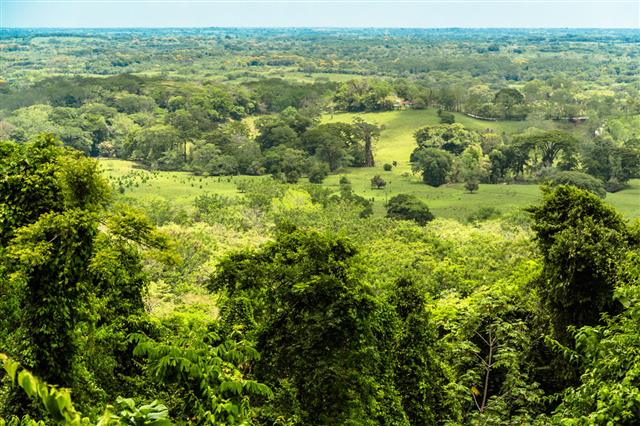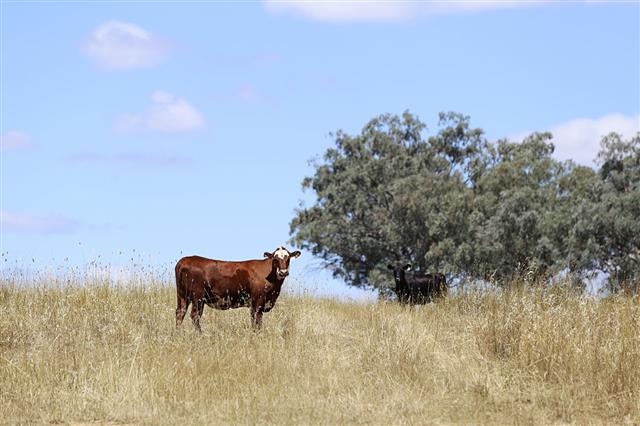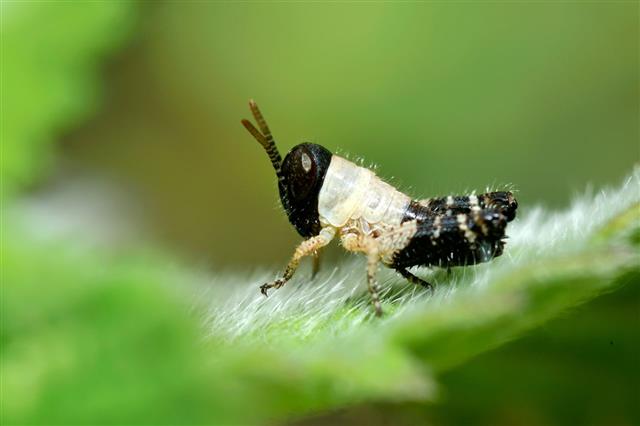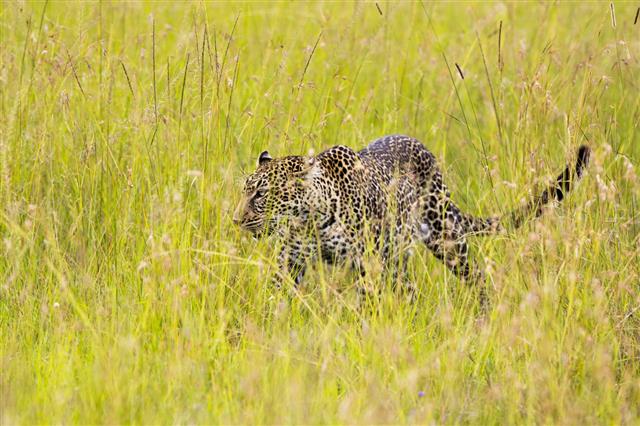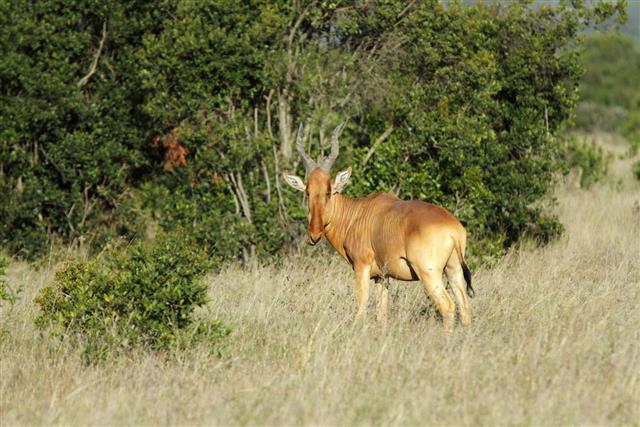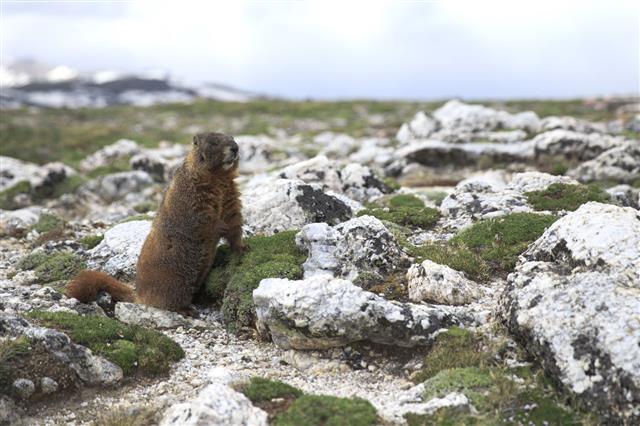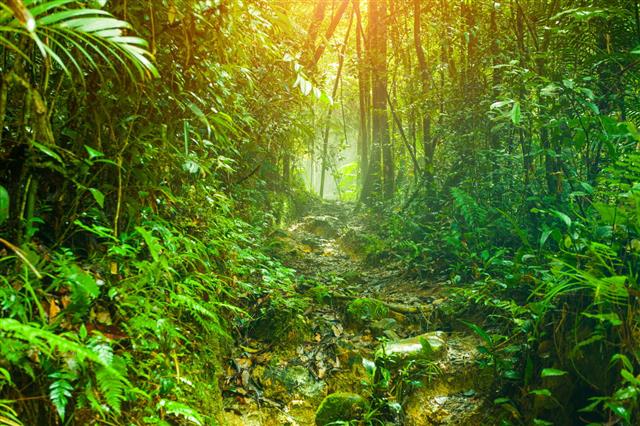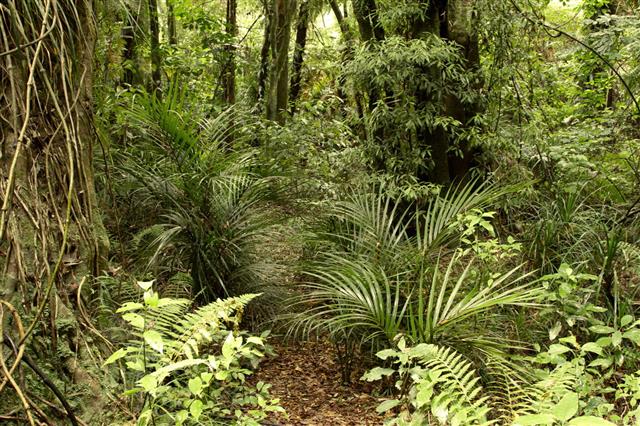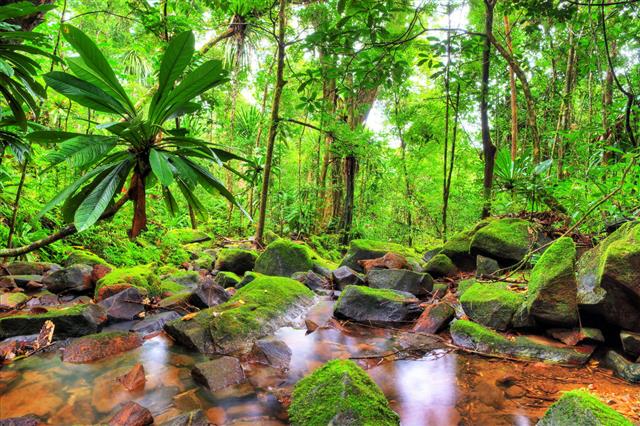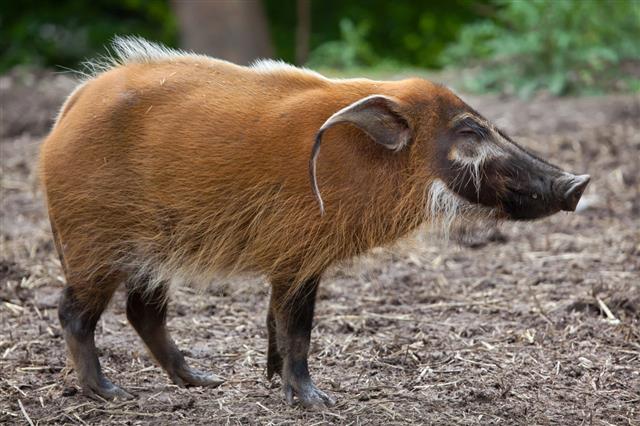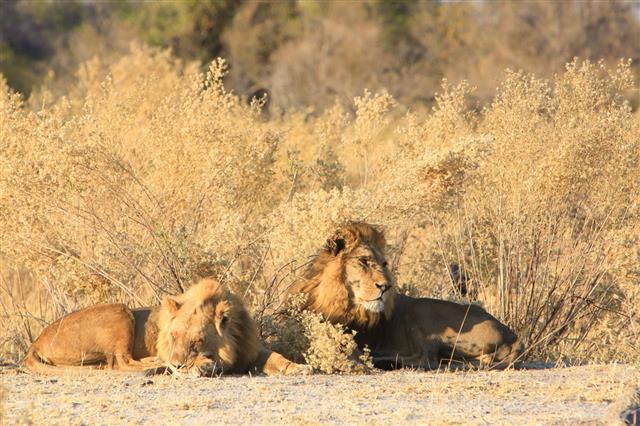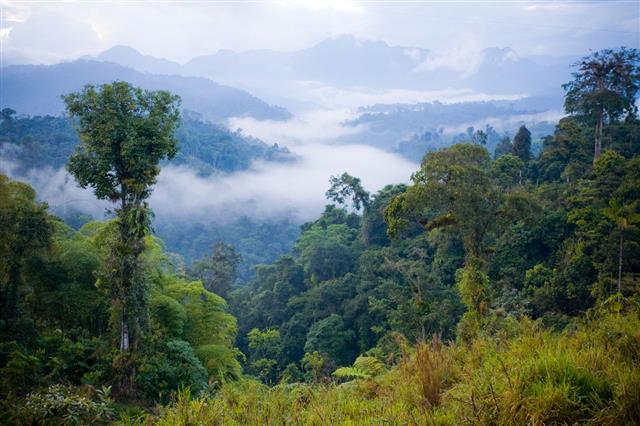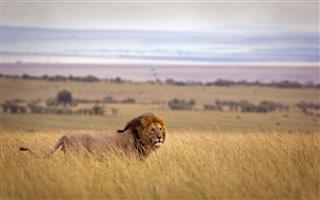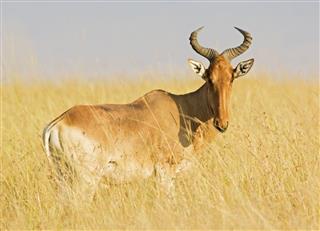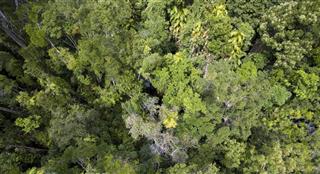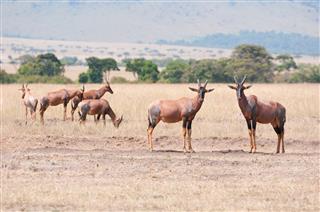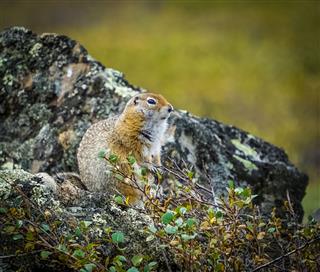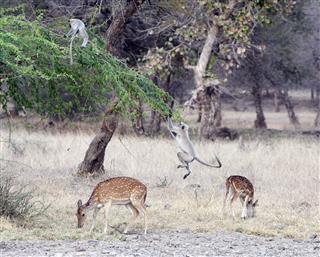
The tropical rainforest represents a thick vegetation, characterized by heavy rainfall and rich biodiversity. Here is some information about the energy pyramid of tropical rainforests.
Tropical rainforests, as the name suggests, are forest areas found near the equator. For proper functioning of an ecosystem, energy is transferred from one organism to another. In an ecosystem, the energy pyramid is defined as the graphical representation of this energy flow from one trophic level to another. Similar to the food pyramid, the lower the level in an energy pyramid, the more is the population of the particular group in that level.
Tropical Rainforest: Energy Pyramid Explained
The tropical rainforest is found in Asia, Africa, Australia, Central and South America, Southern Mexico, and the Pacific Islands. The annual rainfall is about 1,750 – 2000 millimeters, average humidity is between 77 – 88 percent, and the average monthly temperature is always more than 18 degrees Celsius. The tropical rainforest is divided into five major layers, namely, the floor layer, the shrub layer, the understory layer, the canopy layer, and the emergent layer. Altogether, this forest is a home for varied plant and animal species. The tropical rainforest energy pyramid starting from the base includes the following.
Primary Producers
The primary producers occupy the base of the energy pyramid. The only universal source of energy available to all the organisms is the sun, which provides solar energy. The primary producers synthesize carbohydrates from carbon dioxide and water by using solar energy (photosynthesis). Primary producers of tropical rainforests include cyanobacteria, algae, and all types of green plants starting from the small herbs to the tall, broad-leaved evergreen trees.
Primary Consumers
Primary consumers feed on the autotrophic plants and derive energy for their survival. Thus, energy from the autotroph is transferred to the primary consumer. Organisms belonging to this group are herbivores and they solely depend on the plants for their food. Some examples of primary consumers in the tropical rainforests are grasshoppers, beetles and slugs, squirrels, cows, deer, etc.
Secondary and Tertiary Consumers
In an energy pyramid, secondary and tertiary consumers occupy the third and fourth trophic levels, respectively. The former feed on the green plants as well as primary consumers, their energy source. Secondary consumers of tropical rainforests include frogs, toads, sparrows, and woodpeckers. Tertiary consumers are carnivores that feed on the secondary consumers, and include the hawks, jackals, leopards, lions, tigers, etc.
Detritivores
The last trophic level in the energy pyramid is the detritivores, which feed on dead and decayed plants and organisms. Detritivores include fungi, and microorganisms like bacteria and virus. They break down complex organic substances into simpler forms, which are generally used by the producers as their nutrient source. In fact, detritivores are the connecting link between the primary producers and consumers, and play an important role in cleaning the environment.
While transferring energy from one trophic level to another, the maximum percentage of energy is lost through heat. In fact, only a small amount of energy (about 1.2 percent) is transferred to the next higher trophic level. A sample of tropical rainforest food chain which represents the flow of energy from the base tropic level to the topmost level is given below.
Primary Producer (Green vegetation) → Primary Consumer (Squirrel) → Secondary Consumer (Weasel) → Tertiary Consumer (Jaguar) → Detritivore (Fungi)
Due to favorable environmental conditions, the tropical rainforests house more than 50 percent of the total plant and animal species. Scientists are of the opinion that many plant species, insects, and microorganisms are yet to be identified and discovered. Tropical rainforests are referred to as the ‘world’s largest pharmacy’, as one-fourth of the modern medicines are derived from these rainforests. It is estimated that more than 80 percent of the world’s biodiversity are found in tropical rainforests.
